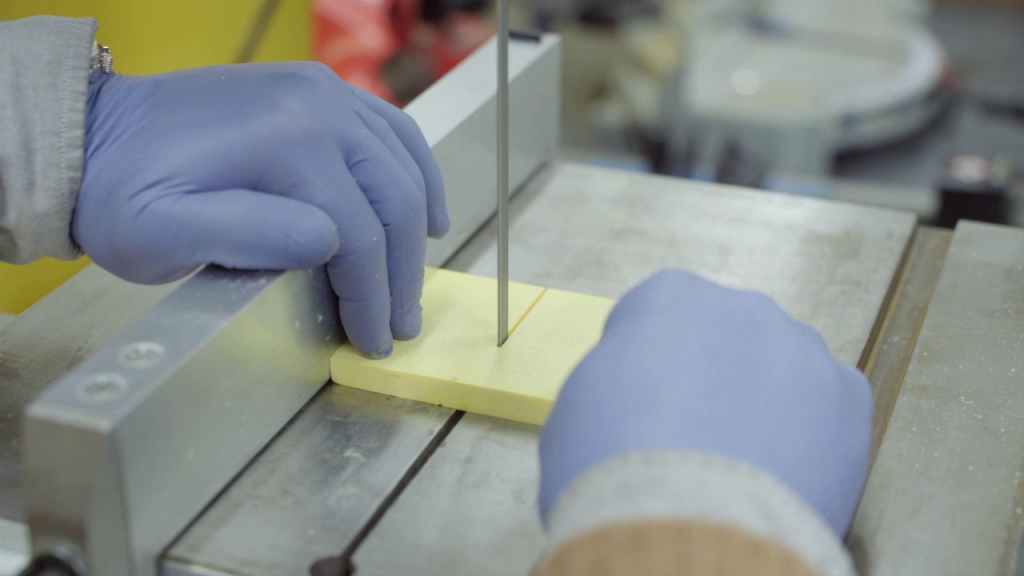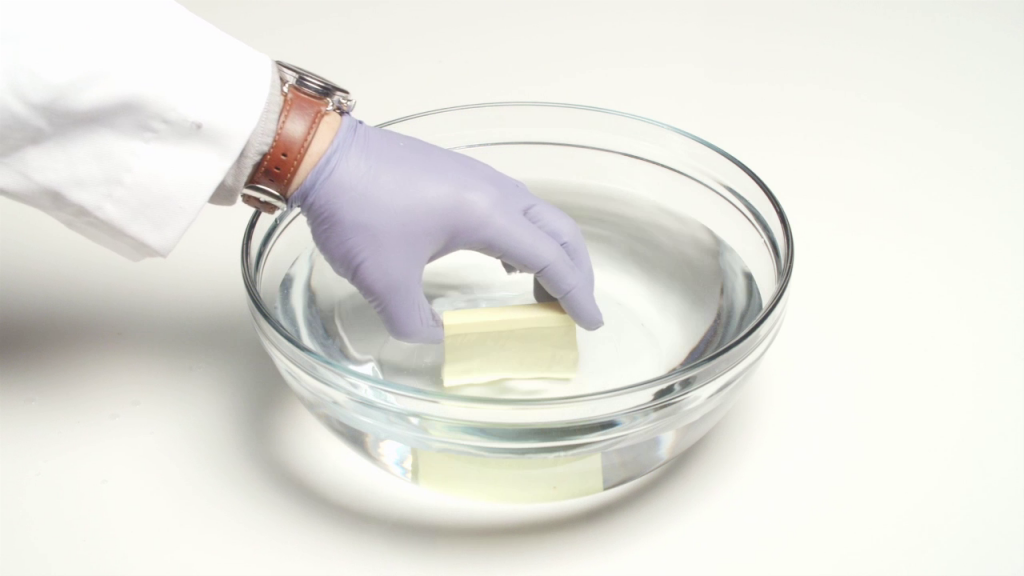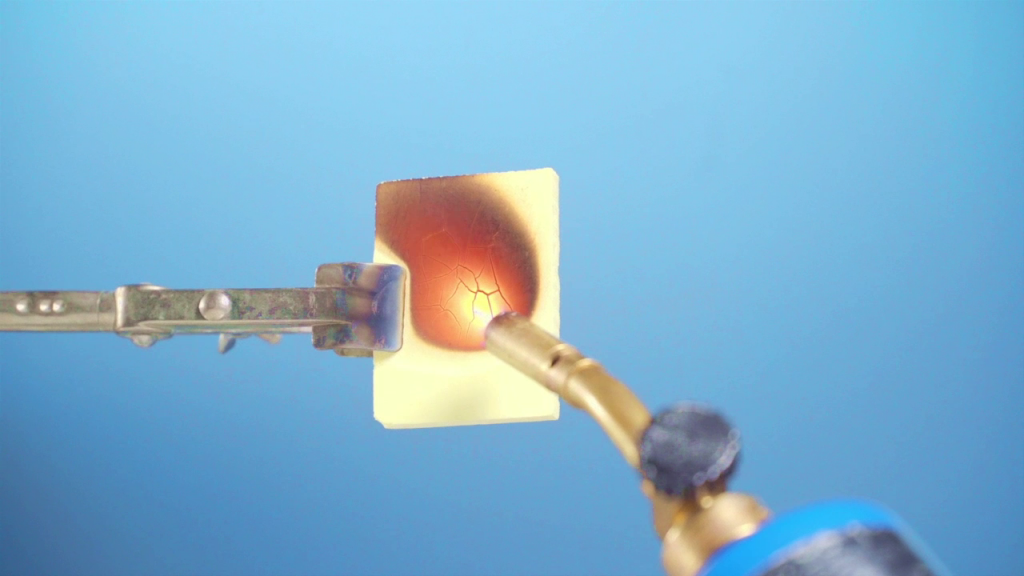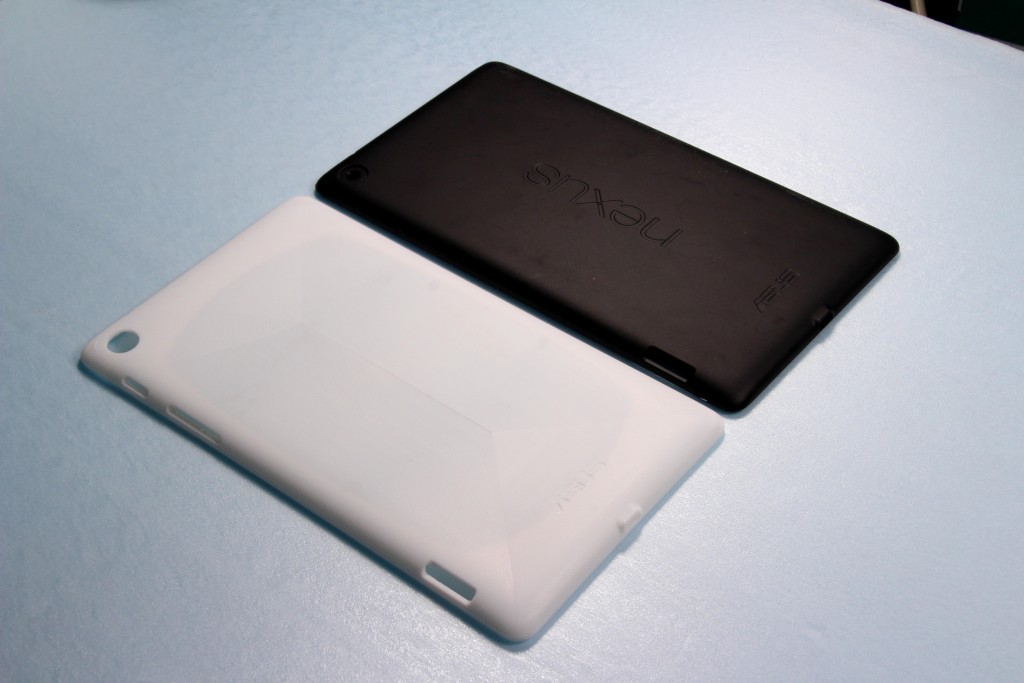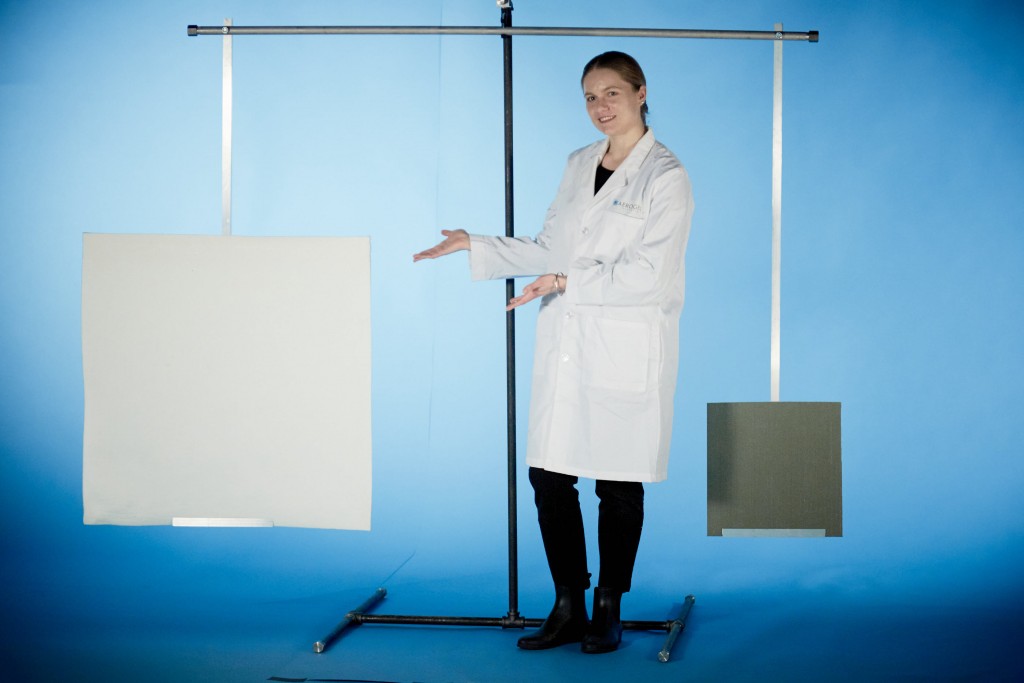About Airloy® Ultramaterials
Move Over Plastics
Airloy® Ultramaterials are a revolutionary new class of ultralight, multifunctional materials that are 3-15x lighter than plastics or composites yet offer the strength and durability expected of engineering materials. Airloys are not only lightweight and strong but simultaneously provide up to 50% better thermal insulating performance than Styrofoam and up to 1000x better soundproofing properties than any other material in a single material envelope.
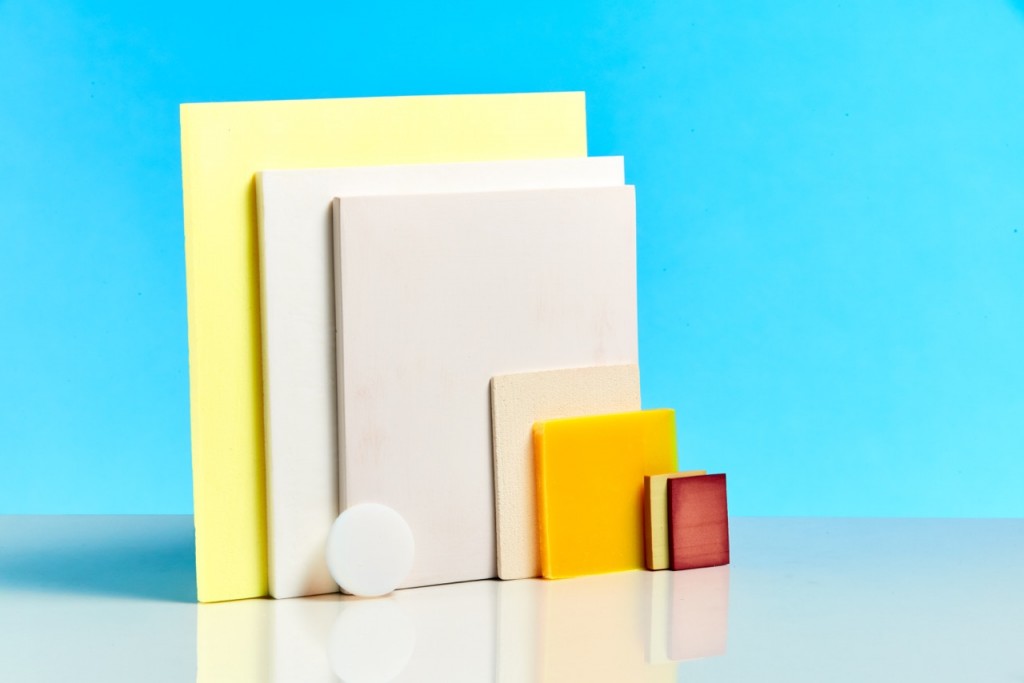
Despite their appearance, Airloys are porous solids composed of mostly air by volume containing pores millions of times smaller than traditional porous materials like foams. This high-definition pore structure makes Airloys extremely lightweight yet feel and machine like plastics, effectively handling and behaving like homogeneous materials at both the macro- and microscale.
Unique Value Propositions
Airloys offer a clear value proposition anywhere weight and cost are coupled, where space is at a premium, and where designs are in need of simplification. Airloys serve as not only structural materials but simultaneously provide superior thermal and acoustic insulating functions all at lower densities and in reduced thicknesses than other materials. Together, these properties allow engineers to use Airloys to replace multiple, disparate function-specific materials with a single, lighter, better material.
- Ultralight. Airloys offer compelling mechanical, thermal, and acoustic properties at densities ranging from 0.06 to 0.55 g/cc.
- Superinsulating. Airloys offer thermal conductivities as low as 20 mW/m-K, making them superior thermal insulators to expanded polystyrene, polyurethane foam, fiberglass, mineral wool, and still air.
- Ultrasoundproof. Airloys are incredible soundproofing materials. Providing 10-35 dB/cm sound transmission loss, Airloys are 10-1000x better than other soundproofing materials.
- Low dielectric constant. Composed of mostly air by volume, Airloys exhibit incredibly low dielectric constants over microwave and millimeter wave frequencies, with typical values ranging from 1.02-1.4.
- High operating temperatures. Airloys with operating temperatures as high as 400°C in air are available.
- Non-flammable. For the most demanding applications, Airloys that are non-flammable and do not burn, smoke, drip, or sustain flame are available.
- Machinable and thermoformable. Airloys can be machined using standard techniques such as milling, drilling, and turning. Panels can also be thermoformed to impart curvature and other part features. Applications guidelines are available.
- Adhesive compatible. Airloys are easy to adhere and composite and are compatible with cyanoacrylates, epoxies, polyurethanes, and other adhesive systems.
- Composite friendly. Unlike foams, Airloys do not readily wick resins beyond their outer surfaces, making Airloys compelling lightweight core materials for composites. Easily combined with carbon fiber, fiber glass, and polymer films.
- Water- and moisture-resistant. Airloys provide good resistance and water and humidity. Hydrophobic and moisture-proof Airloys are also available for different applications. And unlike aluminum honeycomb and other core materials, Airloys are not corroded by salt water.
- Energy absorbing. Airloys exhibit unprecedented specific energy absorption capabilities, with values as high as 190 J/g, making them superior energy absorbing materials to silicon carbide, aluminum honeycomb, and polymer foams. Airloys also exhibit impressive high-strain-rate energy absorption.
